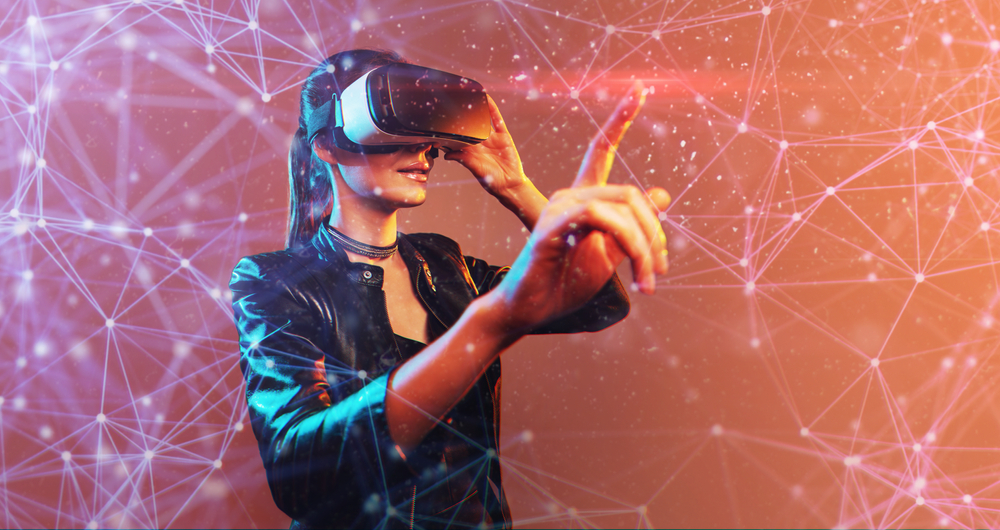Artificial Intelligence and Virtual Reality Helmets

Artificial intelligence is an exciting technology that can be used to enhance emerging technologies like virtual reality (VR) and augmented reality (AR).
VR headsets are widely used with VR video games but they also play a role in other applications.
Developing VR games and experiences takes hundreds of hours and massive computer processing resources. With AI-generated art, VR games and experiences can be built much faster.
1. AI-enhanced training
In recent years, many businesses have been discovering that augmented reality (AR) and virtual reality (VR) are actually complementary technologies. They are leveraging these technologies to advance innovation and make products more useful.
These two technologies are also bringing together artificial intelligence (AI). It is a field that uses software development problem-solving techniques and algorithms to process data and create new experiences for humans.
AI is also being used to enhance customer experience in travel and tourism. When combined with VR, customers can experience potential trips and what it would be like to stay in a hotel before they book.
For example, a virtual tour can help you understand what it will be like to visit an amusement park or hotel before you book a reservation. It can also help you make a decision about which trip to take.
2. AI-enhanced learning
The intersection of virtual reality (VR) and artificial intelligence (AI) has the potential to transform learning, communication and decision-making. AI has already begun to enhance VR experiences through advancements in computer vision and deep learning.
Today’s most popular use cases for VR are video games, virtual tours and social media platforms. In addition, VR has begun to make a significant impact in education.
Using AI with VR, students can improve their fine art skills and cultivate their core literacy. For example, a middle school student can explore the differences between different graphics and colors more intuitively by AI.
3. AI-enhanced communication
AI-powered augmented reality (AR) and virtual reality (VR) headsets will likely be the future of human-computer interaction. Machine learning capabilities, including computer vision, speech and natural language are already being used to enhance human-computer interactions by recognizing context-appropriate social cues such as facial and 3D gesture recognition.
Although it has been around for a while, the application of artificial intelligence to augment human performance has recently become more of a focal point in healthcare. The most successful applications to date are focused on decision support, tailored patient information and treatment visualization. The best way to judge the AI-powered augmented reality is to ask yourself, will these technologies be able to deliver on the promise of improved health outcomes? Having the right tools in the right hands is key.
4. AI-enhanced decision-making
Virtual reality helmets are an interesting area for the use of AI. They offer a wide range of possibilities, including training and decision-making.
In the case of VR medical training, for instance, AI can be used to provide more realistic visuals and haptic feedback. This could lead to an improved cognitive experience for the user and enhanced medical training outcomes.
However, using AI in VR can come with a number of limitations. For example, it requires significant processing power, which can add to the size and weight of a headset as well as create more heat.
5. AI-enhanced navigation
Virtual reality helmets have a growing potential to use artificial intelligence (AI). AI-enhanced navigation is an example of how AR can be used in conjunction with AI to improve realism.
In augmented reality, AI algorithms are employed to identify an object using one or more camera inputs that include motion tracking data from gyroscopes, sensors, accelerometers and GPS. The results are then projected into a VR environment for the user to view and interact with.
Papers grouped in this cluster are those that integrate AI for robot and environment perception through object detection or localization. These are the main areas where the combination of AR and AI is most likely to be useful.
